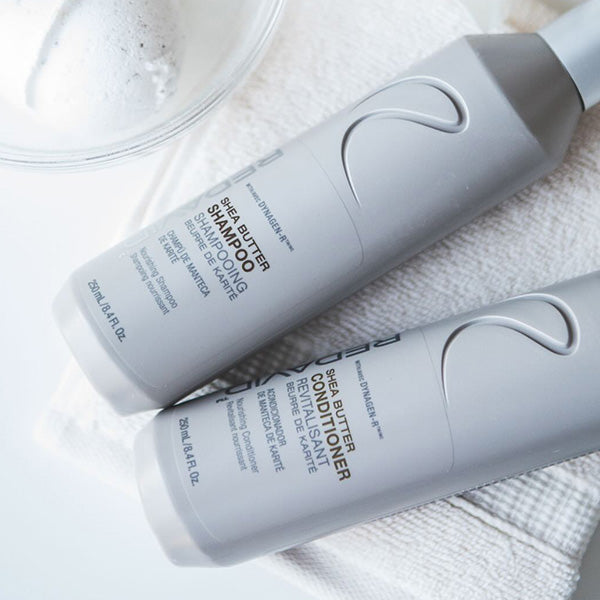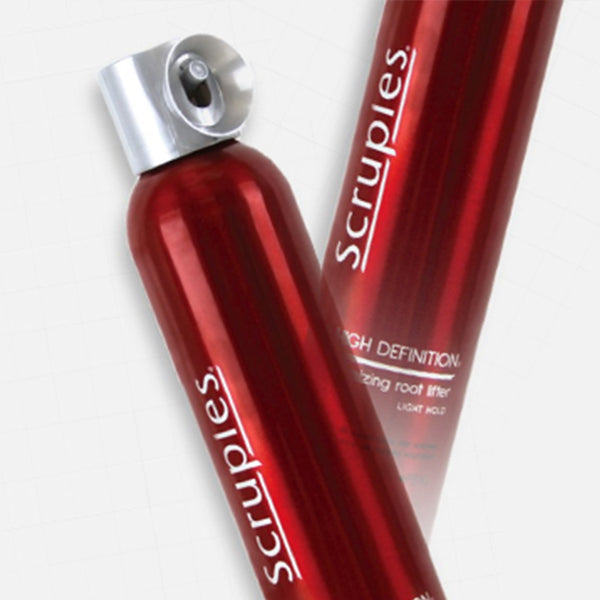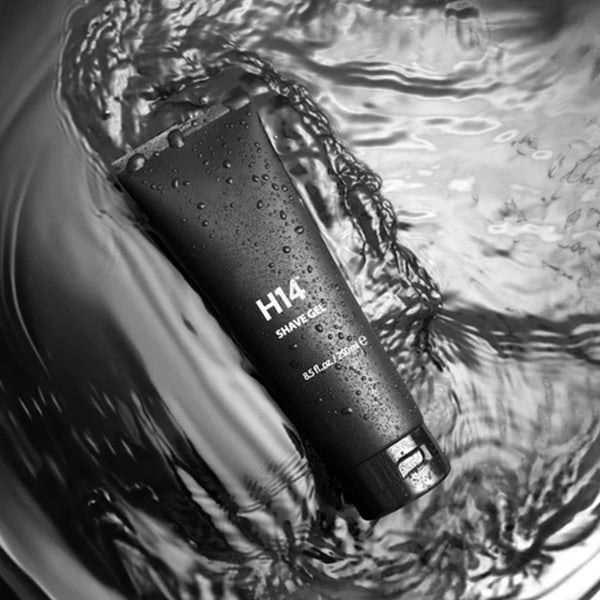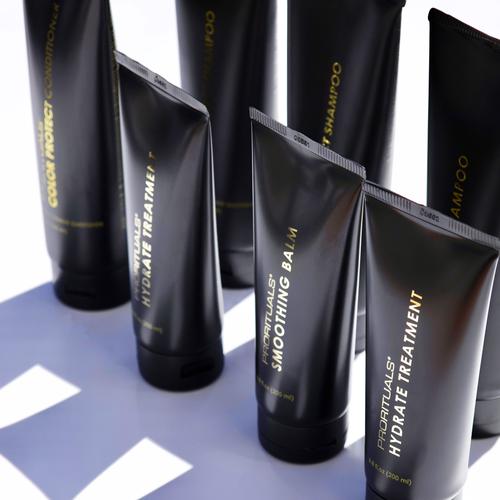The Elasticity Test: The Simple Step That Should Guide Every Lightening Service
Before mixing bleach, before sectioning the hair, and certainly before applying any lightener, there’s one step every stylist should perform without fail: the elasticity test.
Ignoring it is one of the leading reasons behind unexpected breakage, chemical burns, and failed color corrections.
Understanding how to properly assess hair elasticity—and adjust your approach based on it—is not optional when performing professional blonding services. It’s essential for client safety and for protecting the integrity of your work.
What Is an Elasticity Test?
The elasticity test measures the hair’s ability to stretch and return to its original shape without breaking.
Healthy hair can stretch when wet by up to 50% of its original length and spring back without damage.
Hair that stretches too far, feels gummy, snaps, or fails to return indicates compromised structure—typically from previous chemical exposure, heat damage, or general degradation.
How to Perform a Proper Elasticity Test
-
Select a Small Section:
Choose strands from multiple areas—especially fragile zones like the crown, nape, and around the face. -
Mist with Water:
Hair elasticity should always be assessed wet, but not saturated. Lightly mist until damp. -
Gently Stretch:
Hold a strand firmly at both ends and slowly pull.-
Healthy hair stretches slightly and springs back.
-
Damaged hair stretches excessively, feels mushy, or snaps easily.
-
Severely compromised hair may feel like wet tissue paper, with no rebound.
-
-
Evaluate Uniformly:
Test different areas separately. Clients often have multiple "zones" of different health due to previous color services, thermal styling, or environmental exposure.
| Elasticity Result | Meaning | Service Strategy |
|---|---|---|
| Good stretch + rebound | Healthy hair | Proceed with standard lightening |
| Slight stretch, slow rebound | Moderate porosity or mild damage | Use lower volume developer, bond builders |
| Excessive stretch, mushy feel | Severe internal damage | Defer lightening; focus on repair first |
Why It Matters Before Lightening
Lightener is aggressive: it blasts open the cuticle and strips melanin from the cortex. If the hair’s structure is already compromised, applying lightener without adjustment will likely cause:
-
Midshaft breakage
-
Uneven lift
-
Chemical burns
-
Scalp irritation
-
Poor toner retention post-service
Skipping the elasticity test means you’re guessing. And guessing with lightener is not a professional risk to take.
How to Adjust Based on Elasticity
-
Use bond-building additives in all lightening formulas for hair with moderate elasticity concerns.
-
Drop developer strength (e.g., using 10-volume instead of 20) to slow processing and reduce internal stress.
-
Section smaller and saturate precisely to avoid overprocessing fragile areas.
-
Offer staged blonding instead of promising huge lifts in one day for compromised hair.
-
Introduce a repair-first plan if elasticity is severely compromised: bonding treatments, protein reinforcement, moisture balancing, and then reassessment before any future lightening.
Educating the Client
Clients may not understand why you’re recommending a slower or multi-session approach after an elasticity test. Use clear, confident language:
“Your hair’s stretchiness tells me it’s already a little stressed. If we lighten too aggressively today, it could lead to breakage. I want to prioritize keeping your hair healthy, so I’m recommending a safer approach that protects your results—and your hair’s long-term beauty.”













